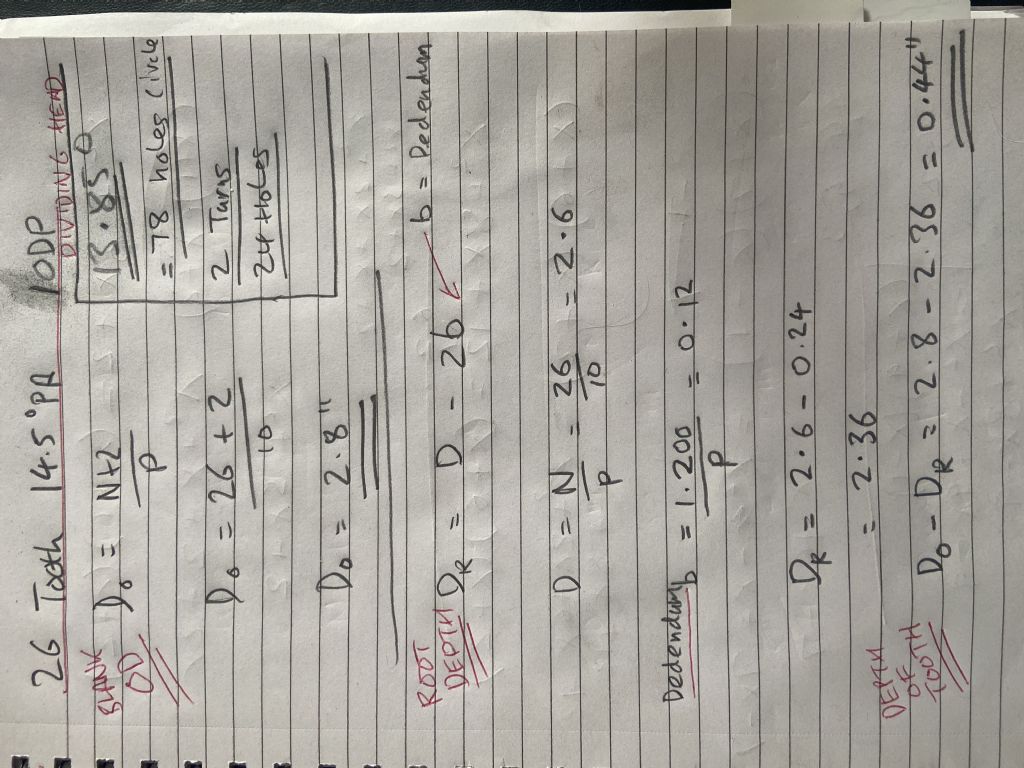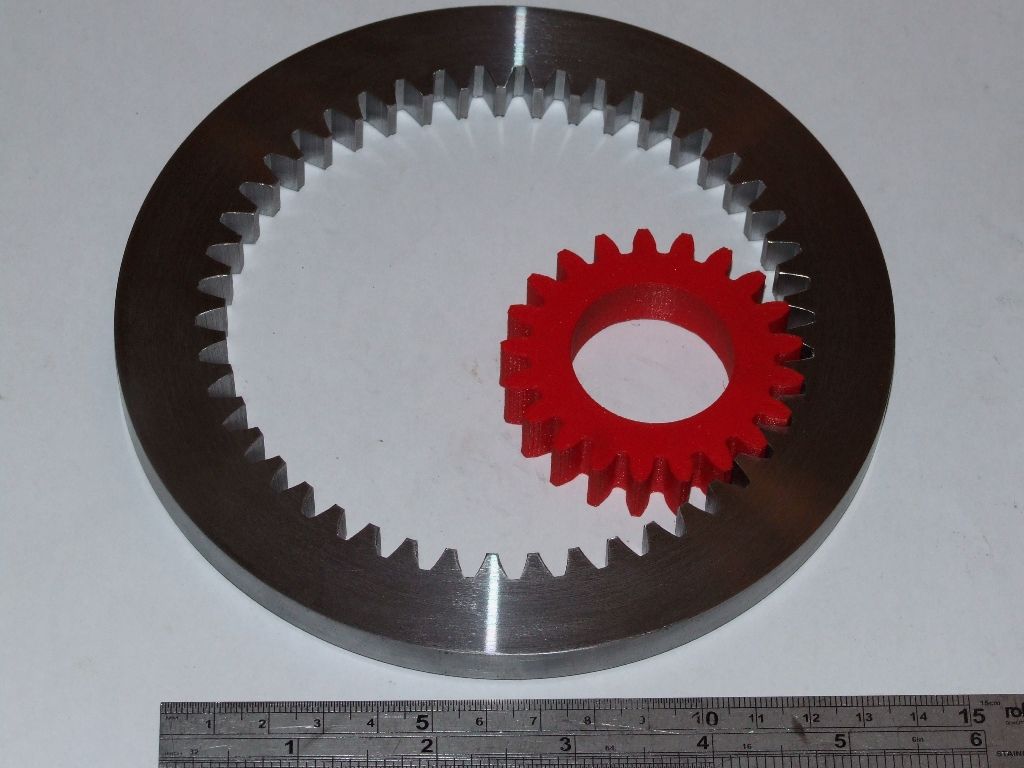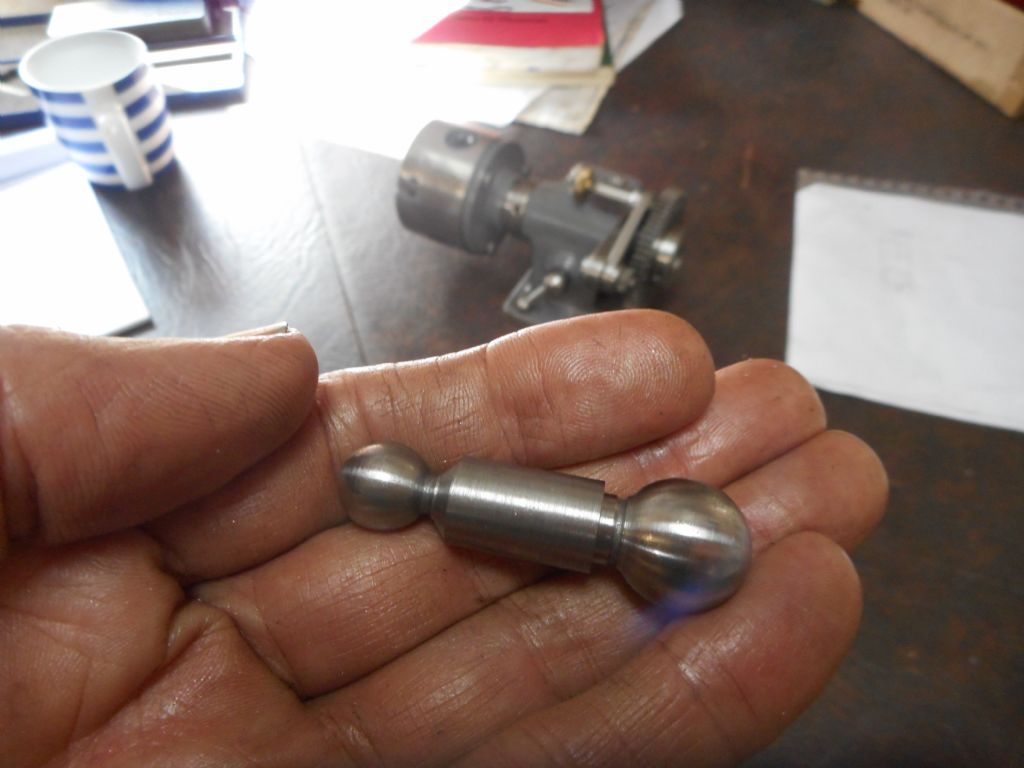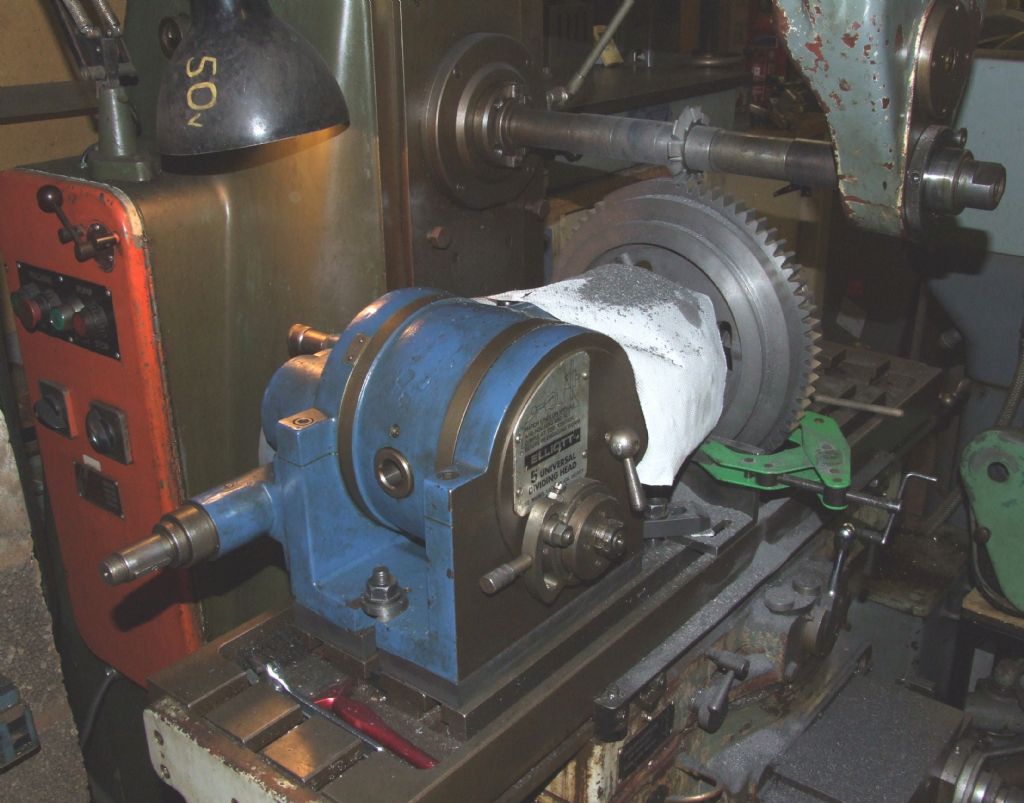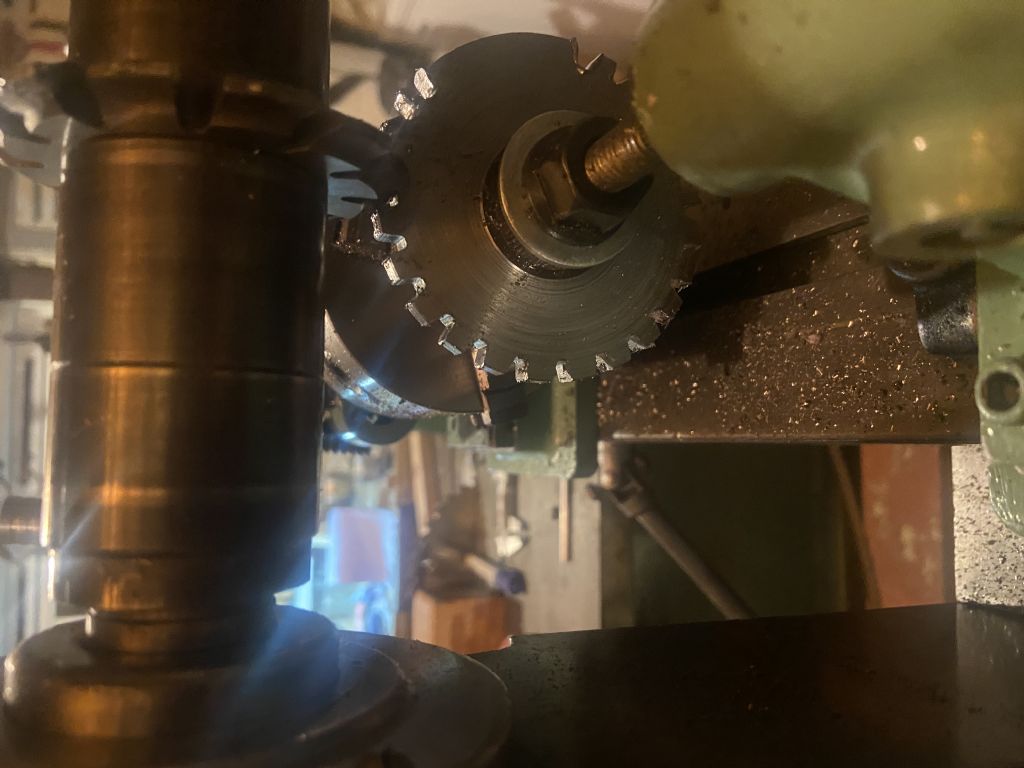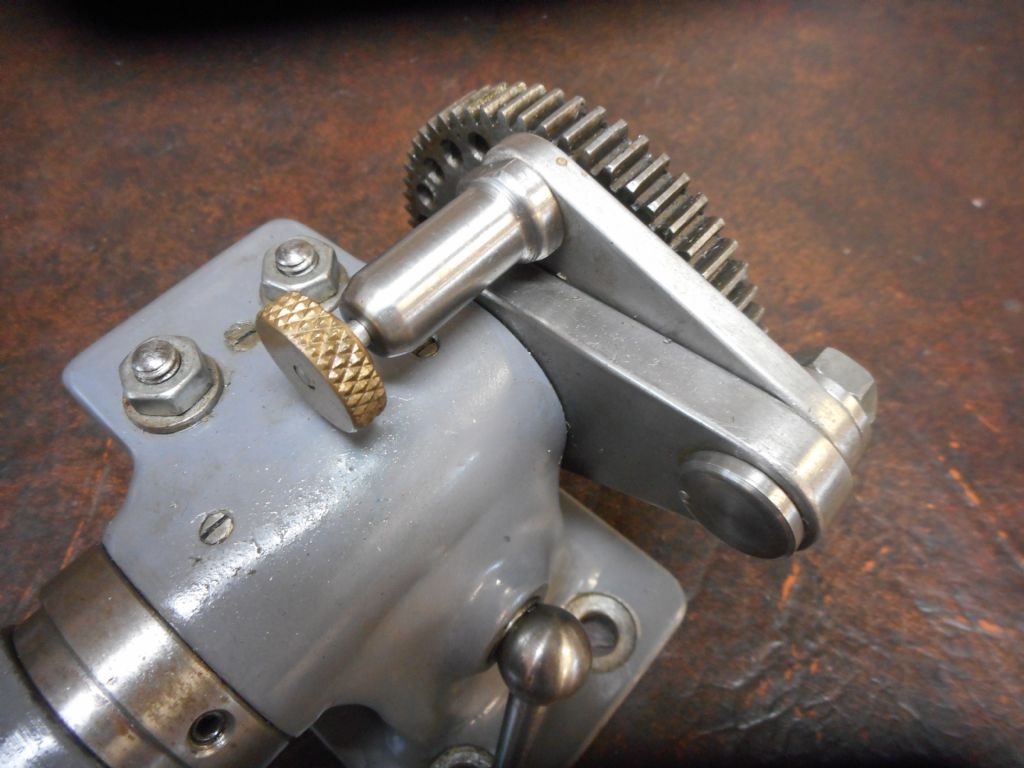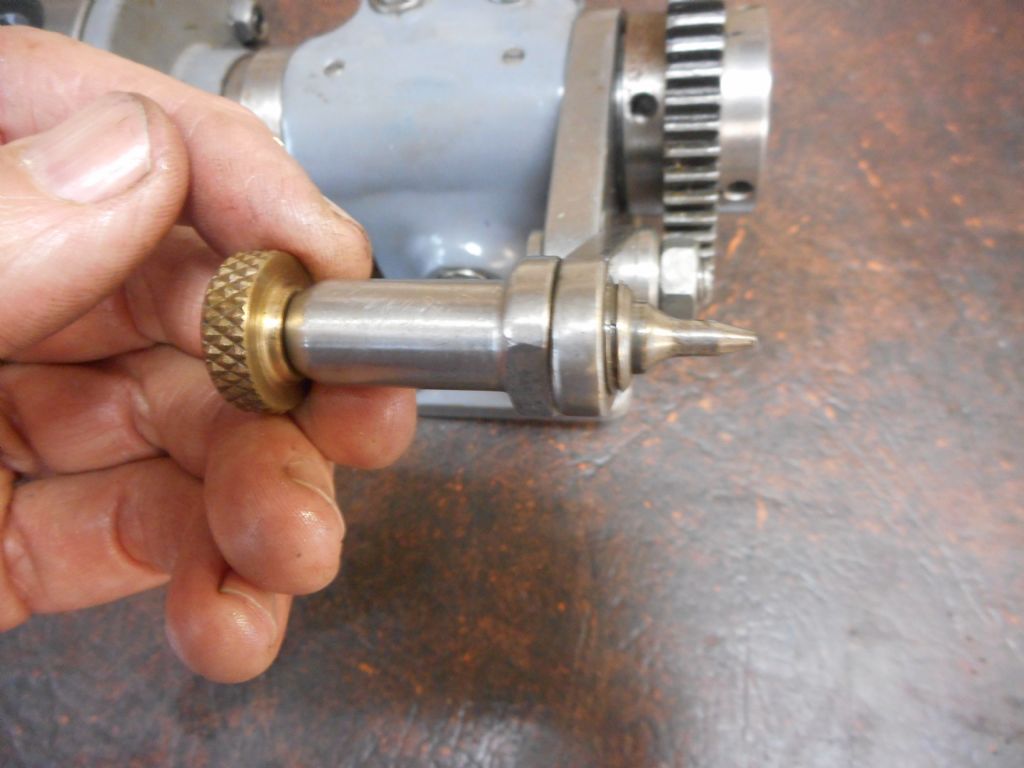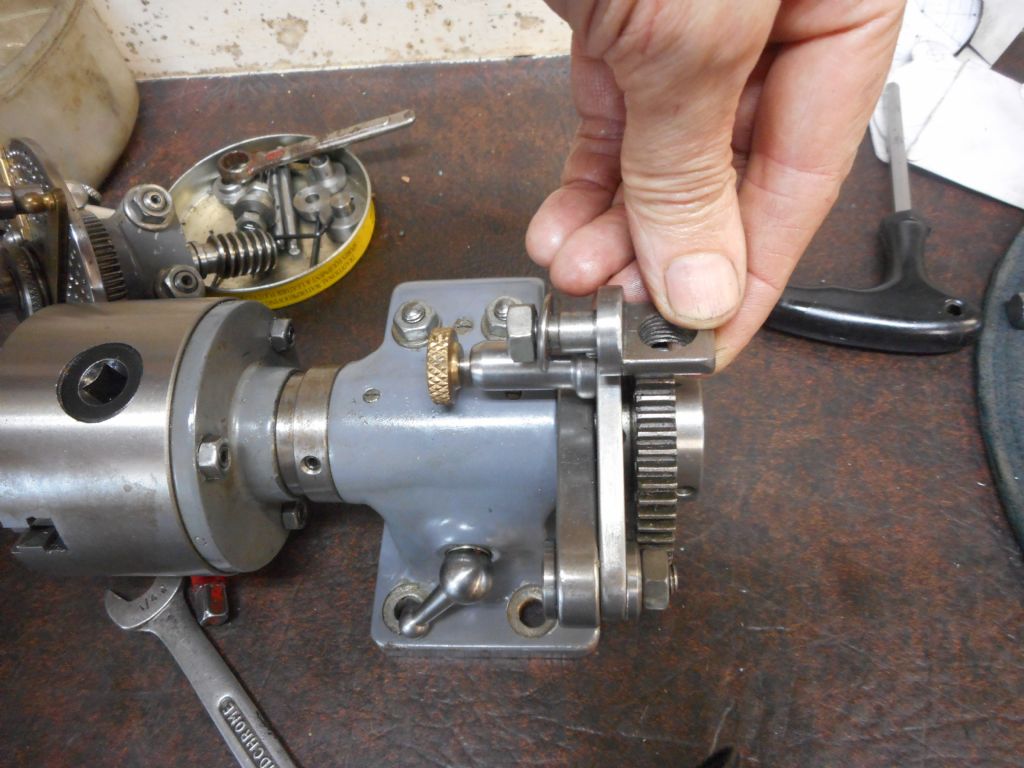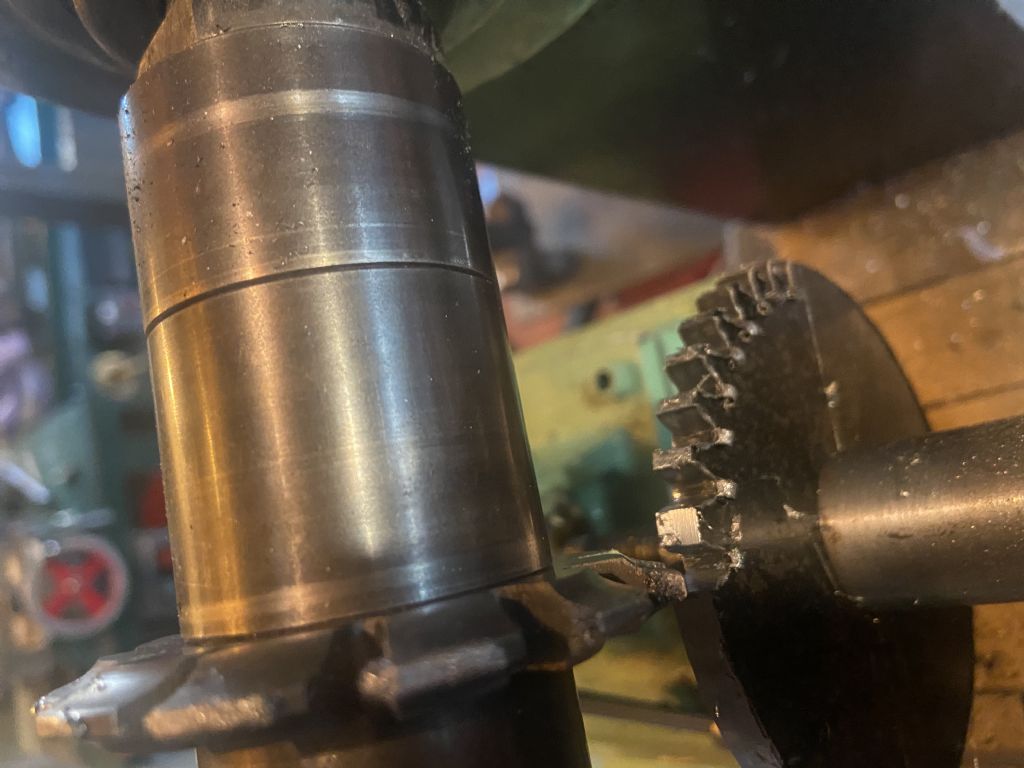Cutting my first gear
Cutting my first gear
- This topic has 27 replies, 8 voices, and was last updated 8 May 2022 at 12:26 by
Steve355.
- Please log in to reply to this topic. Registering is free and easy using the links on the menu at the top of this page.
Latest Replies
Viewing 25 topics - 1 through 25 (of 25 total)
-
- Topic
- Voices
- Last Post
Viewing 25 topics - 1 through 25 (of 25 total)
Latest Issue
Newsletter Sign-up
Latest Replies
- Pragotron Slave Clock
- Twin Engineering’s heavy mill/drill quill removal
- New member
- Starrett and other tool manufacturer wood boxes
- M type top slide conversion??
- Boiler Design – issue 4765
- Colchester Chipmaster Clutch question
- Sanjay’s Banjo Engine
- In memoriam: Peter Neal
- Wickseed power hacksaw 8” information


